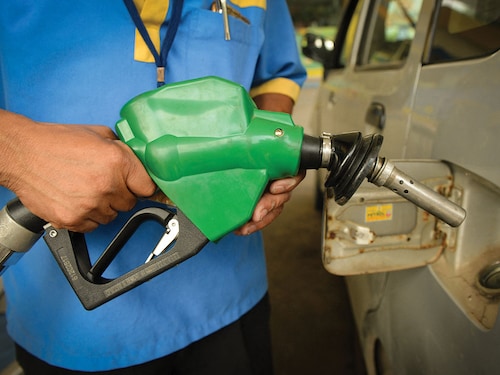Does E20 really take away your vehicle’s mileage?
The government’s decision to aggressively push for ethanol-blended fuel has put car owners in a dilemma


For a few months now, India’s car owners have been in a bit of a dilemma.
While the latest revision in the Goods & Services Tax (GST) has caused some mayhem in the market for good, much of the recent conundrum stems from the government’s decision to aggressively push for ethanol blended fuel as part of its focus on clean energy.
In 2021, India set a target to introduce 20 percent ethanol-blended fuel, called E20, by 2025. That move, many car owners have claimed, causes compatibility issues for vehicles made before 2020, leading to a public interest petition being filed in the Supreme Court. The top court, however, dismissed the plea.
Currently, E20 is the only choice of fuel at nearly 90,000 fuel stations across India, and car owners have repeatedly cited that its use has led to a reduction in fuel efficiency and performance. Automakers have sought to allay fears.
“Mahindra engines are fully compliant with existing gasoline standards, and all our vehicles can be operated safely with E20 fuel. Vehicles produced post April 1 are specially calibrated for E20 fuel to ensure acceleration and fuel efficiency,” it said in a statement. Mahindra, however, did raise some concerns about vehicles made before 2025. “Earlier produced vehicles, while being completely safe to drive, could see a minor variation in either acceleration or fuel efficiency depending on driving behaviour.”
Also Read: GST cuts: Car sales zip, but will it put brakes on EV adoption?
“A rigorous durability testing was conducted jointly by Indian Oil Corporation and the Automotive Research Association of India, involving various fuel combinations, including the use of E20 fuel in vehicles certified for E10,” a statement from Renault said. “The draft report of this study, shared with all original equipment manufacturers, while acknowledging that the present on-road vehicles are compatible with E20, concluded that there is no adverse impact from using E20 fuel in E10-compliant vehicles.”
Nitin Gadkari, Minister of Road Transport and Highways of India, who has been championing the use of the fuel, has also sought to allay fears, even pointing to political motivation behind the uproar over its use. Fuel in the country, the government says, used to have a Research Octane Number (RON) of 88, a measure of fuel stability, which has since increased to 95 after blending with ethanol at 20 percent. This leads to improved anti-knock properties and enhanced performance.
E20 fuel is made by blending petrol with 20 percent ethanol, an alcohol produced from sugarcane and grains such as maize and rice. The fuel was first introduced in 2023, prior to its nationwide rollout, replacing the 10 percent ethanol fuel, known as E10, which most cars are designed to use. The move, the government says, reduces oil imports, helping to save $5 billion in foreign exchange annually, while adding almost $4.6 billion to farmers’ incomes.
Brazil blends 27 percent ethanol, while the US has pushed for 10 percent ethanol blended petrol for many decades. “Only in case of certain older vehicles, some rubber parts and gaskets may require replacement earlier in case non-blended fuel was used,” the government said in a statement. “This replacement is inexpensive and can be easily managed during routine servicing. It may need to be done once in the lifetime of the vehicle and is a simple process to be carried out at any authorised workshop.”
First Published: Oct 10, 2025, 18:39
Subscribe Now